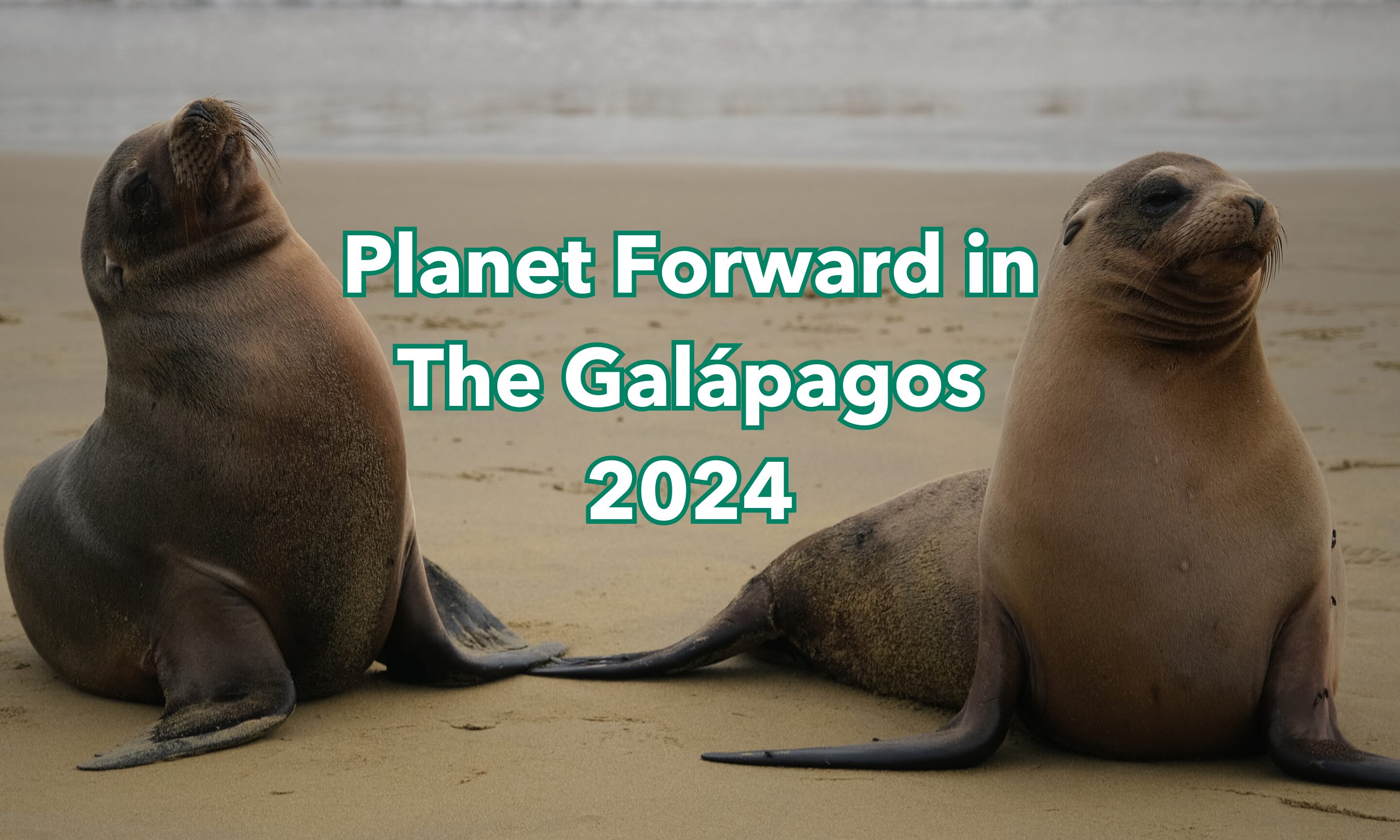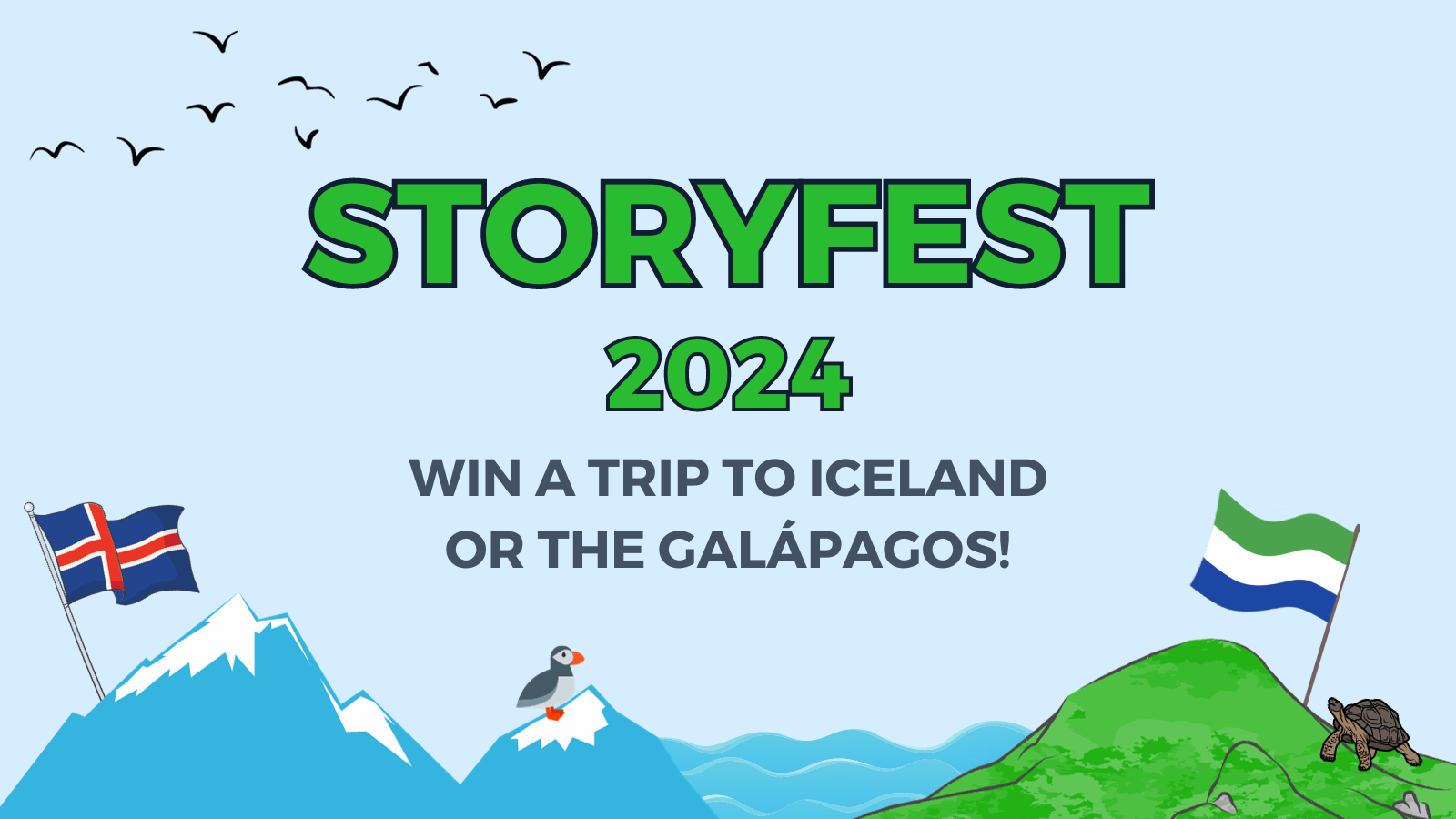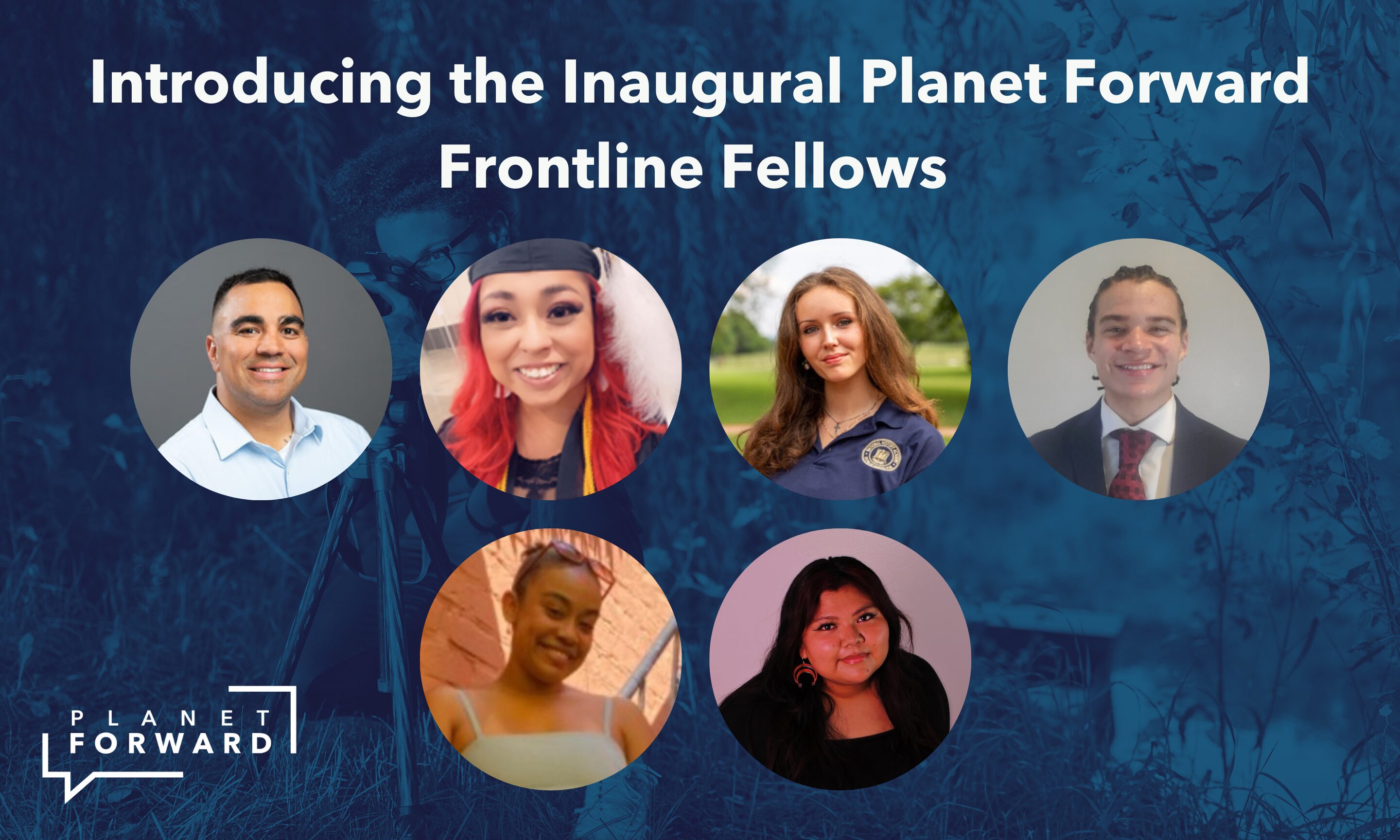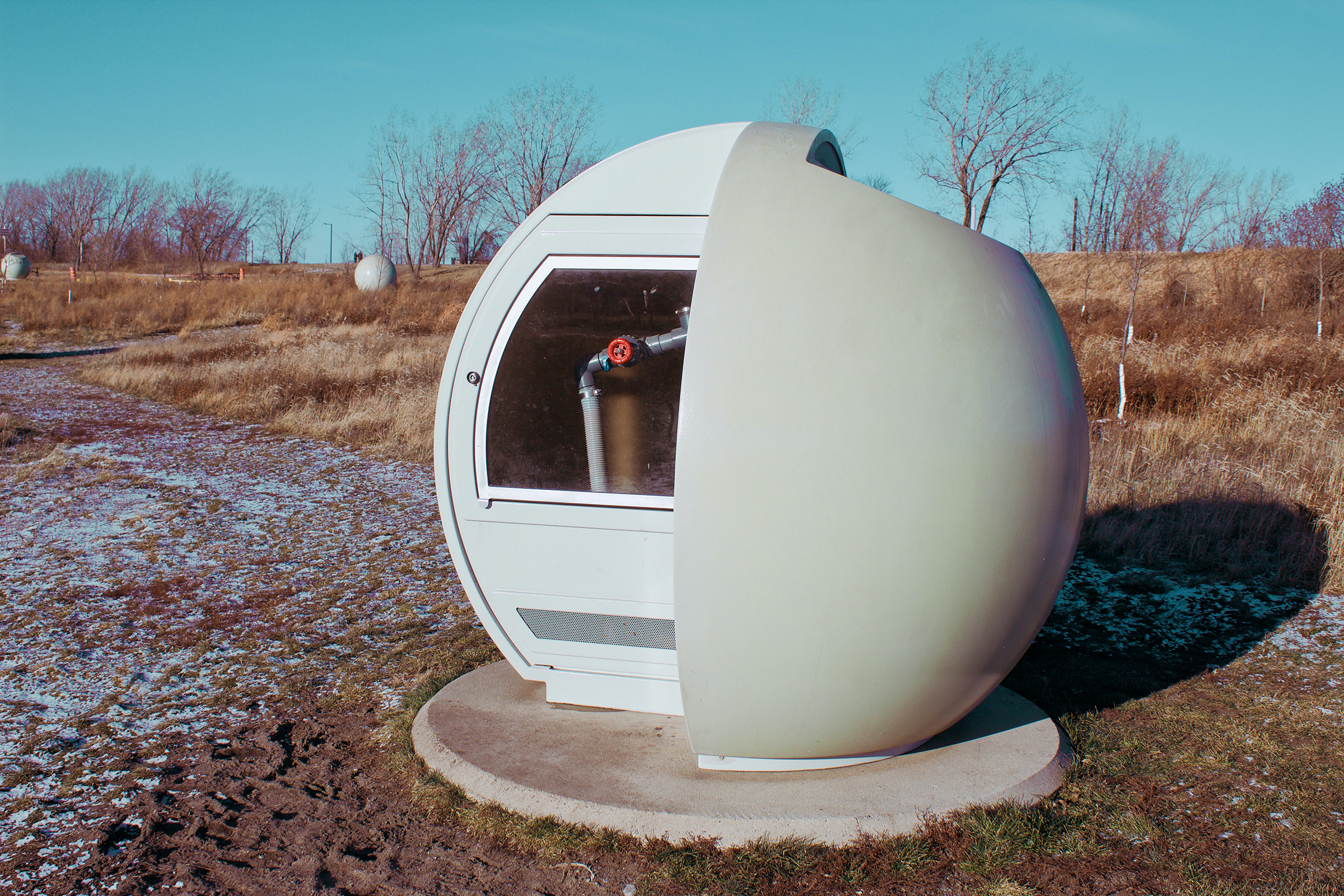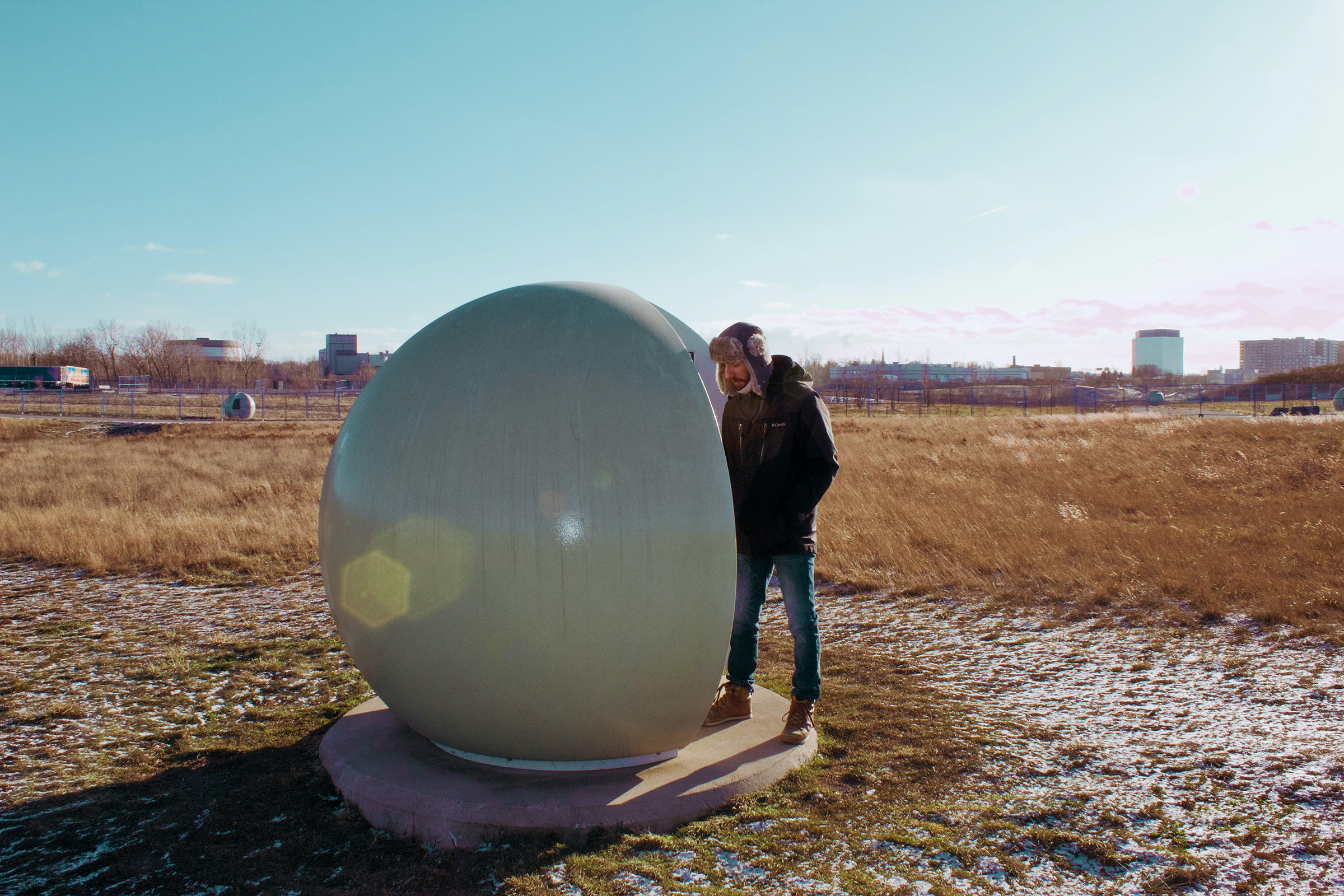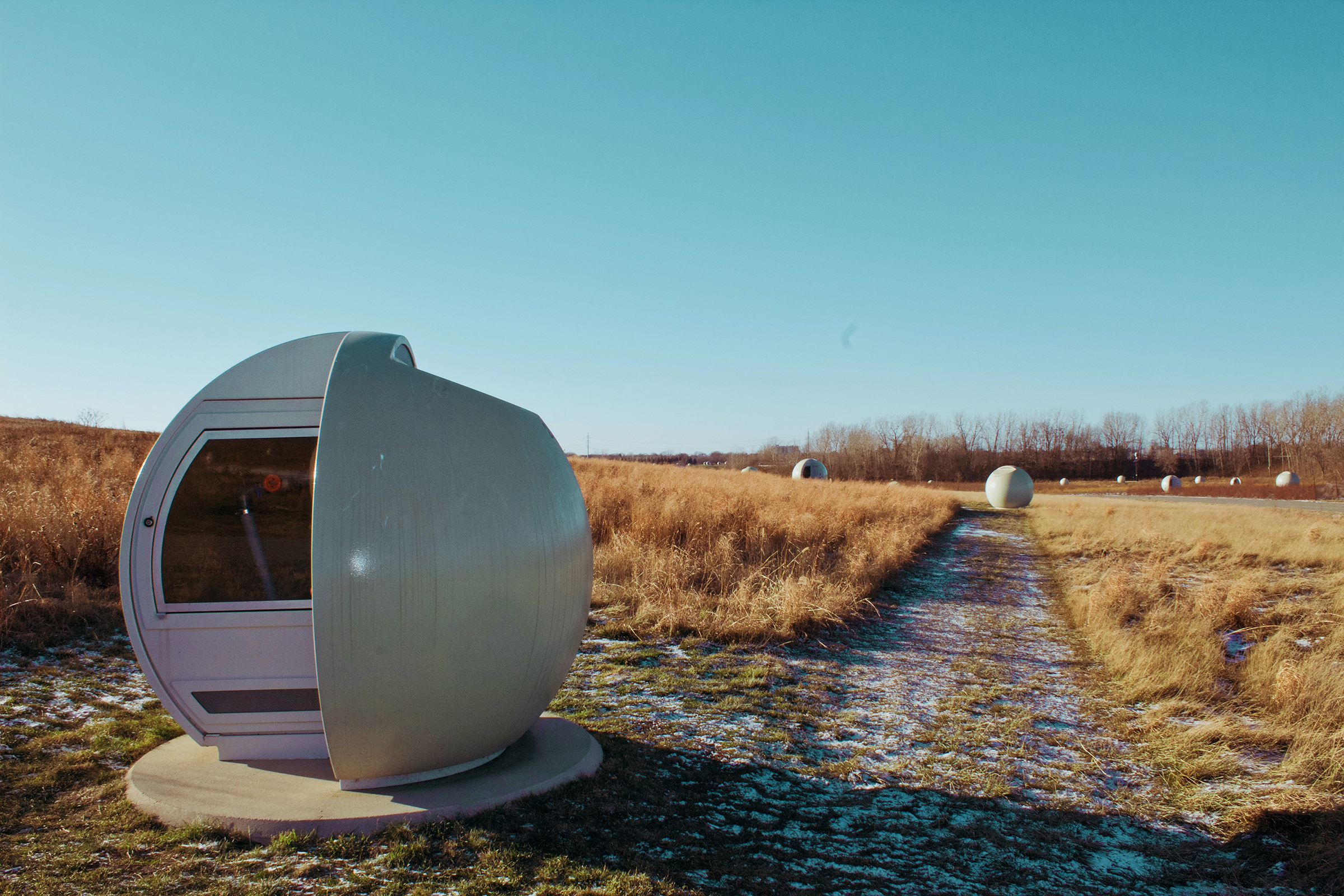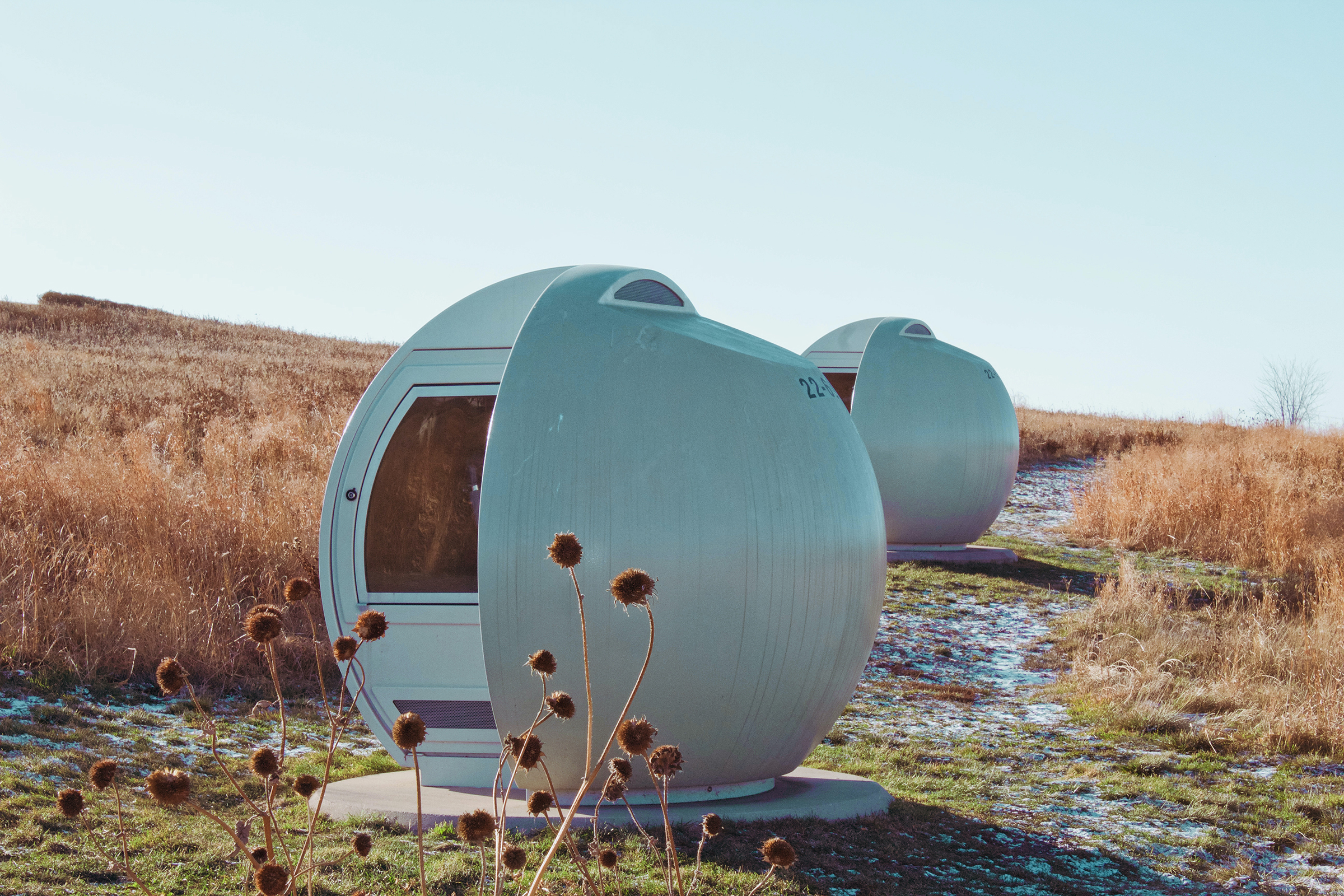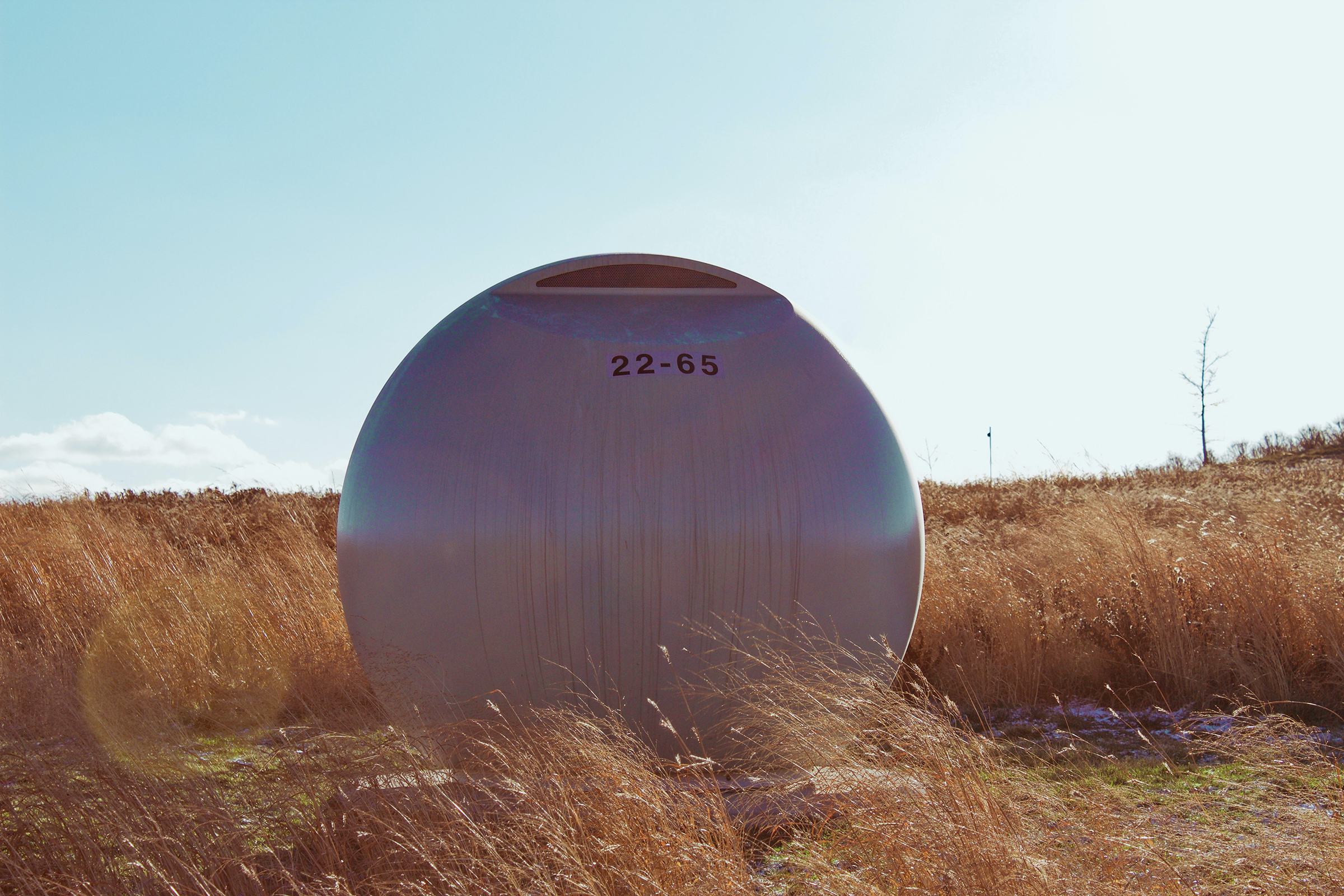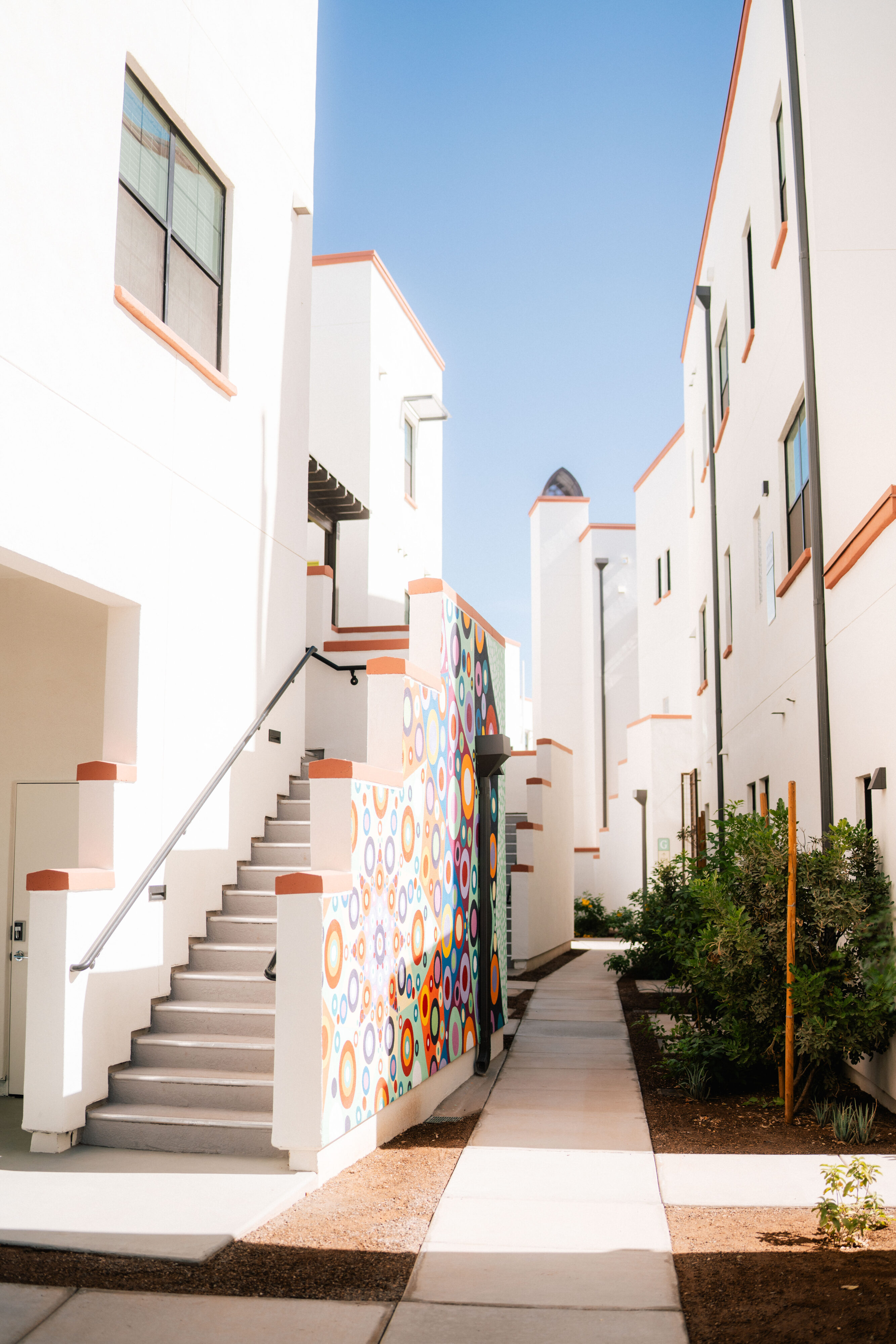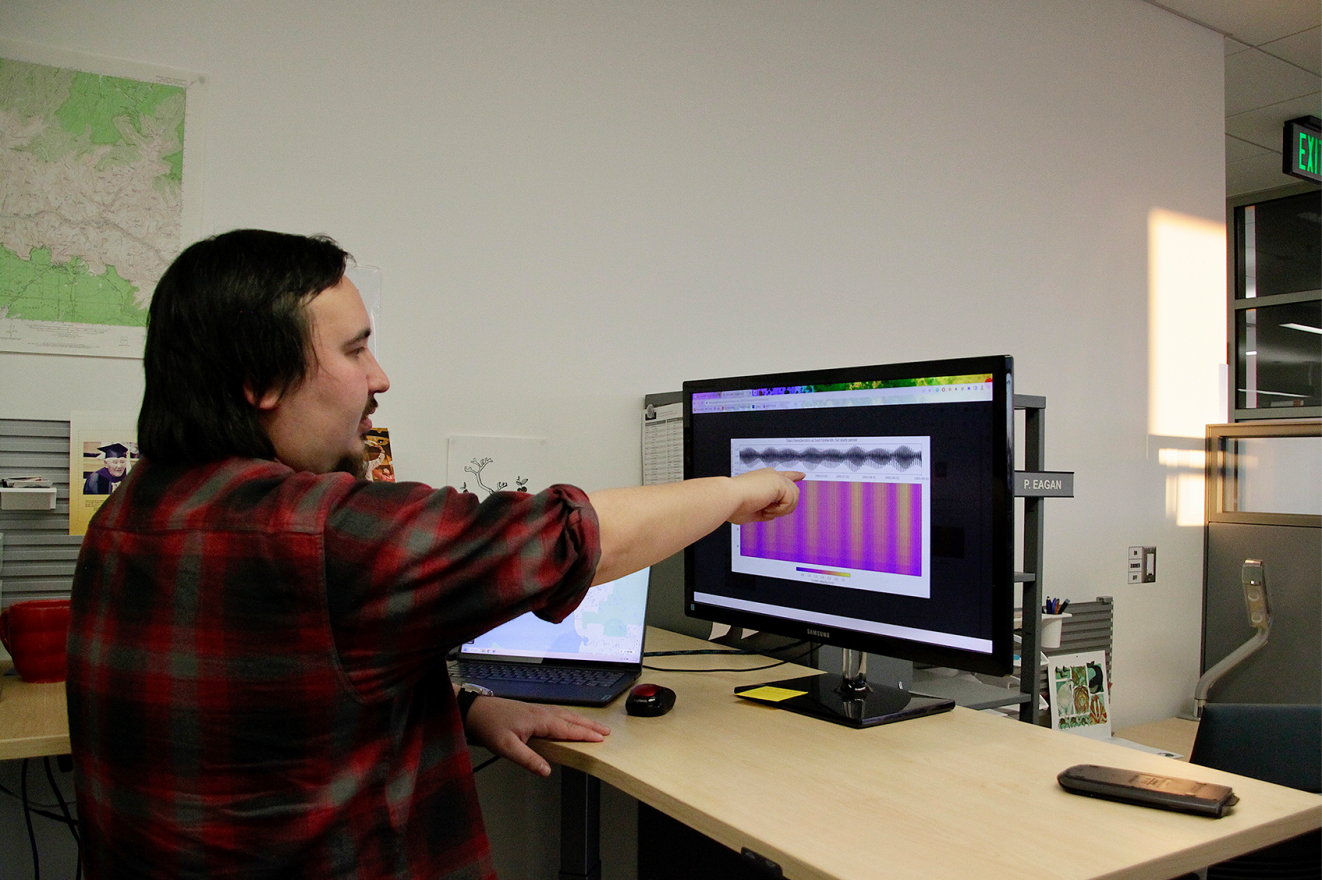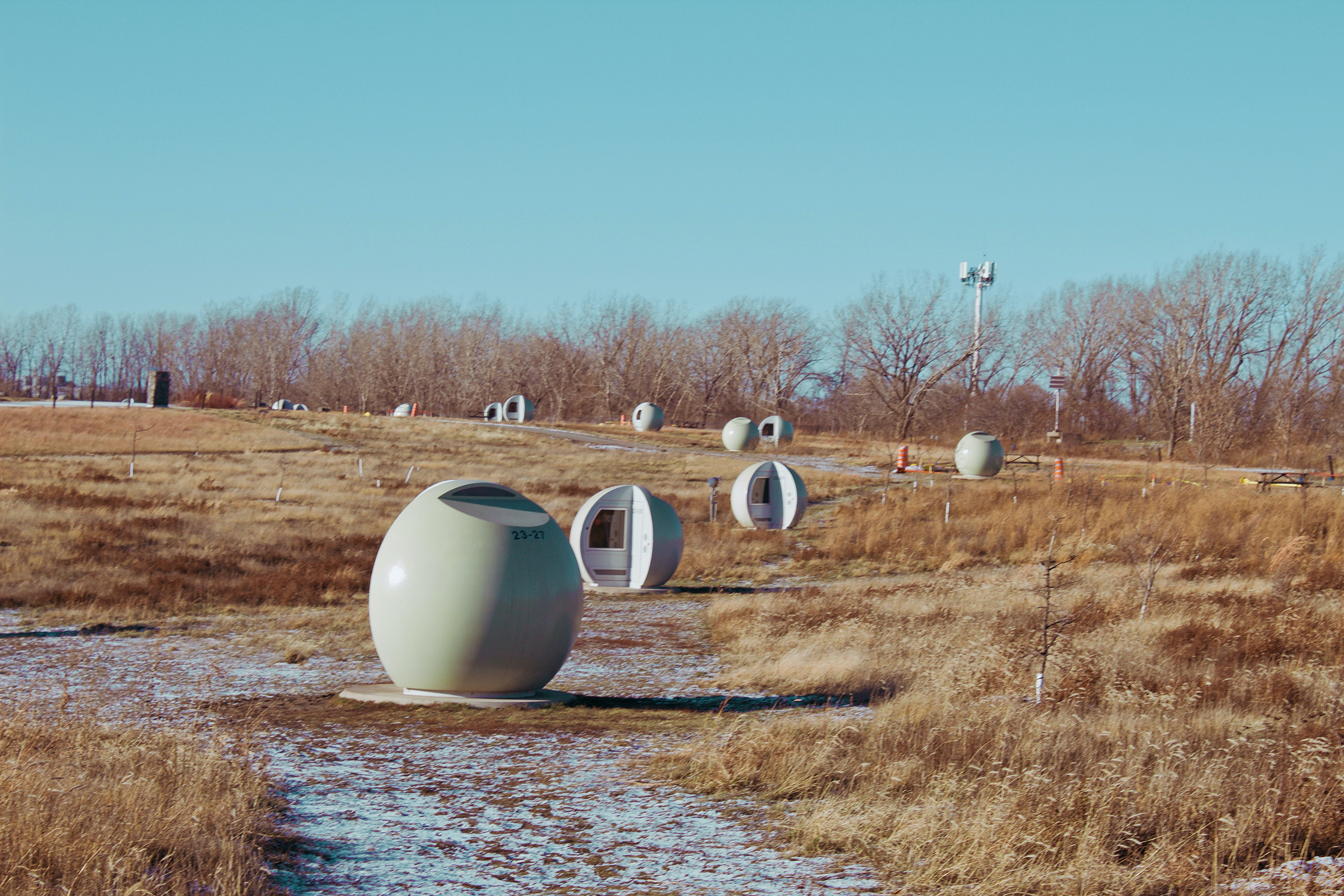
Montreal landfill turned lunar landscape: An urban sustainability story

As the world continues to urbanize, there is increasingly becoming a higher need for green, sustainable architecture. It has become well-known that modern buildings and urban centers have a detrimental effect on the environment. National Geographic has outlined a myriad of threats brought on by urbanization, including concentrated energy use leading to greater air pollution with significant impact on human health, and pollution and physical barriers promoting loss of urban tree cover. There are many solutions, however, to combat these growing concerns. Incorporating use of green space into urban planning and building eco-friendly architecture are two ways cities, like Montreal, have begun to combat climate change.
As we move toward urbanization, Montreal is a leading city when it comes to this type of innovation. While traveling the city, there are many examples of architecture that have adopted new, green practices, but one of the most striking lies in Parc Frederic-Back.
Located in the North-West corner of the city, Parc Frederic-Back is a beautiful piece of urban greenery that spans over 350 acres. This park lies in the middle of the Saint-Michel Environmental Complex, the green space is being utilized in a unique way. The park lies on top of the remains of a former quarry and landfill site. Creating green space on any old landfill is a win for environmentalists. The most notable aspect of the park are the hundreds of biogas-capturing spheres that dot the land. Not only do the spheres collect gas from the earth that is then turned into sustainable energy, they also glow in the dark.
The land has an interesting history tied to it. It has not always been a beloved, manicured green space. Its original form was as a limestone quarry for 60 years. It was not loved by the Saint-Michael community, the neighborhood it is located in. The surrounding residents hated the deafening blows into the earth, and numerous quarry accidents angered them. Local protests took place to end work at the quarry. The cries for change were heard, and in 1988 the city of Montreal acquired the land from the Miron family. It was not yet acquired to be made into a park. According to the City of Montreal, it was turned from quarry to landfill by the city, and until 1995 it collected the city’s garbage. During the 90’s, it’s environmental transformation took place. During the renovation, the city called it the “most ambitious environmental rehabilitation project ever undertaken” in an urban area in North America, as reported by the CBC.
One of the first steps to creating an eco-friendlier space was creating a recycling center. The Waste Treatment and Disposal Centre was created. Then, came the most notable aspect of the park, the alien-like spheres that define the land. Montreal-based architecture firms, Lemay and Morelli, designed the balls for the urban rehabilitation. They created 250 spheres to collect the methane gas that is still being emitted from the remains of the landfill below the surface. About 40 tons of garbage from the landfill still generates fumes and is collected, according to World Architecture. From there, the CBC article explains the Gazmont Power Station starts converting into electricity biogas extracted from production wells, which is then sold to Hydro-Quebec.
The spheres are not only proof of Montreal’s dedication to environmentally friendly and sustainable urban planning, but they were created with park-goers in mind. They are safe to be around, and they are interactive. They collect light from the sun on their fiberglass surface, and at night they give off a soft, green glow. When a light source at night, such as a park-goer waving a flashlight, runs across its surface, a multi-colored bright light follows the pattern drawn on by the person. It leaves behind the drawn light pattern and impresses novice flashlight artists.
Marrying an old landfill and a popular park may seem counterintuitive, but the collaboration has created a unique, beloved park in the middle of the Saint-Michael neighborhood. The transformation of this former brownfield is a feat for the city of Montreal, and an example as other cities push to create more urban green spaces.



